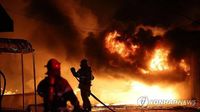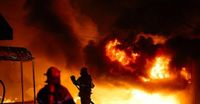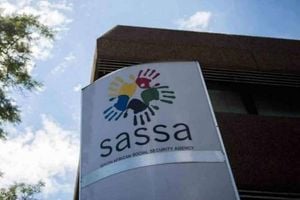South Korea has declared a national disaster due to the devastating wildfires that have ravaged Ulsan city and surrounding regions, marking a significant response to an escalating crisis. Effective from 18:00 local time on March 22, 2025, the declaration was made by the Ministry of Interior and Safety following a series of wildfires that erupted the previous day, significantly impacting the area.
In response to the growing emergency, Acting President Choi Sang Mok called for the declaration to facilitate comprehensive disaster response and rescue measures. "The decision was made to allow for comprehensive disaster response," he stated, underscoring the need for immediate action to protect lives and property.
Multiple wildfires ignited on the afternoon of March 21, 2025, with strong winds exacerbating the situation and obstructing firefighting efforts. These conditions have rendered many areas hazardous, prompting authorities to order the evacuation of residents in eight villages within Sancheong county, North Gyeongsang province. Over 260 villagers lost their homes, seeking temporary shelter as the flames continued to spread.
By March 22, more than 20 wildfires had been reported across South Korea, with significant damage occurring in Ulsan and other southeastern provinces. Acting on the situation, the Korea Forest Service raised the fire alert to its highest level as the number of active wildfires surged alongside formidable winds.
As of 15:00 on March 22, firefighters achieved 65% containment of the blazes. In his drive to expedite firefighting efforts, Choi Sang Mok inspected the affected sites and ordered authorities to maximize manpower and resources to extinguish the flames before nightfall. "We must maximize personnel and equipment to extinguish the fires before nightfall," he emphasized, indicating the urgency of the situation.
Tragedy unfolded during these efforts with local officials confirming the discovery of two firefighters' bodies. These brave individuals perished while working to control a fire in South Gyeongsang province, which had expanded its reach to 275 hectares by the afternoon of March 22. The identities of these firefighters remain undisclosed as investigations into the circumstances of their deaths continue.
The solidarity displayed among community members and authorities has been heartening. Evacuated villagers are receiving assistance in the form of temporary shelters, as local governments mobilize resources to aid those affected by the wildfires. In times of crisis, the cooperation between various government levels and emergency services has been pivotal to mitigate disaster impacts.
In light of ongoing threats from the wildfires, Choi Sang Mok has stressed the importance of preparedness and safety for both citizens and firefighters. Authorities have begun developing contingency plans should the fires persist through the night, ensuring that a comprehensive response remains in place. As this calamity unfolds, the commitment to safeguard life and property will be at the forefront of operational strategies.
With fires continuing to pose a danger, the South Korean government is under immense pressure to act swiftly and decisively. Updates from local media indicate that firefighters are working diligently under challenging conditions to minimize further damage. It serves as a reminder of the risks associated with wildfire management, particularly in regions susceptible to such natural disasters.
This national disaster declaration reflects not only the immediate response to the wildfires but also highlights systemic vulnerabilities inherent in disaster preparedness. The lessons learned from this incident will likely shape future policies aimed at improving fire management and community resilience against volatile weather patterns.
As South Korea navigates the complexities of this crisis, the strength of its response will be critical in determining the well-being of affected communities. The steadfast resolve of local authorities and emergency workers demonstrates a collective commitment to safety and recovery in the wake of such destructive forces of nature.





